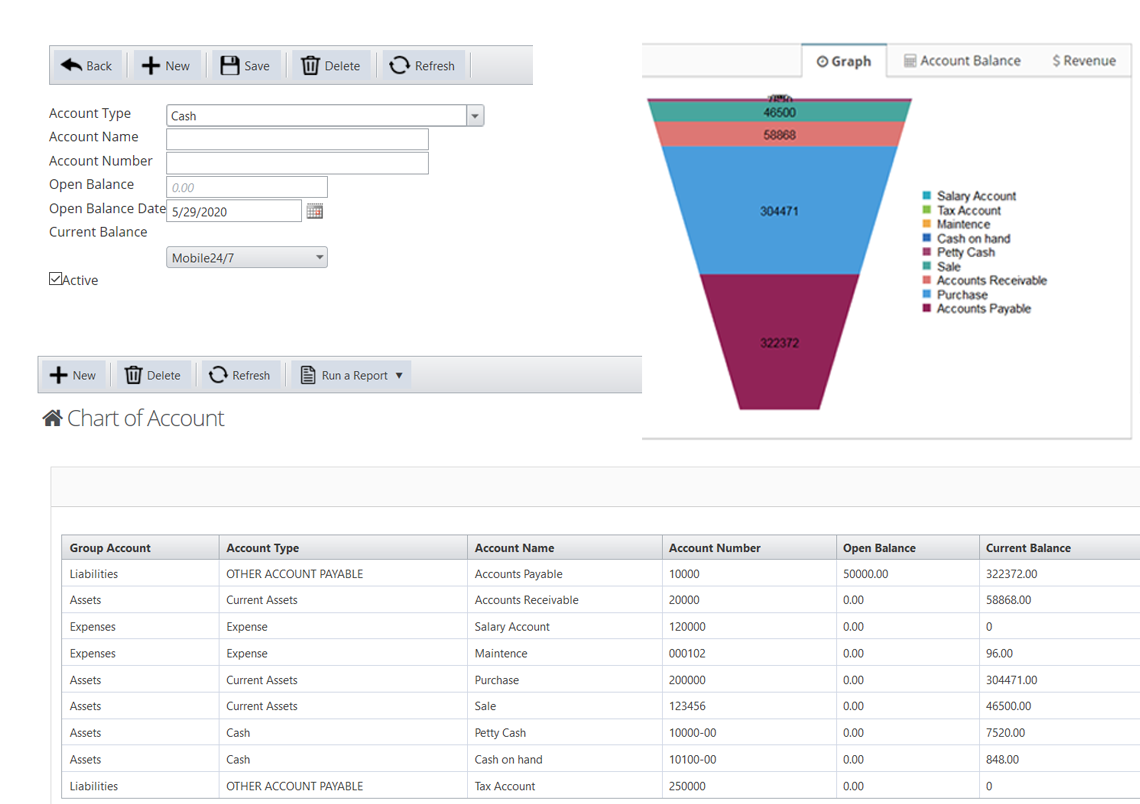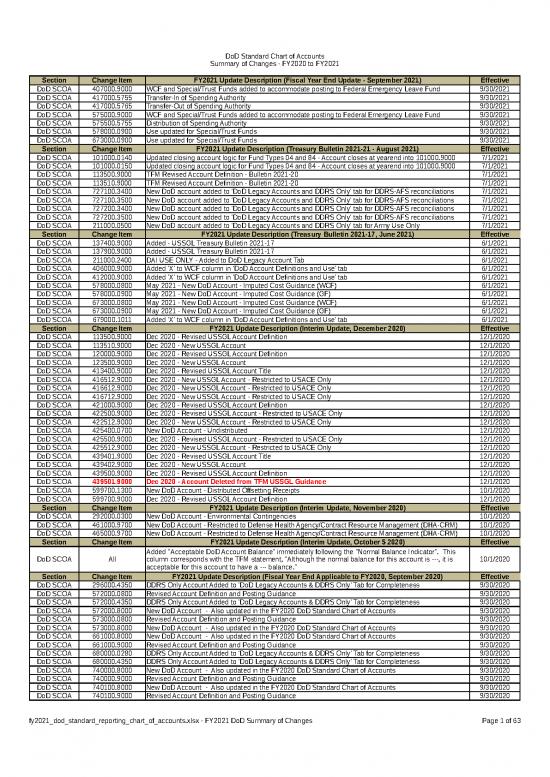
It’s the total money generated from these activities before deducting any expenses. Every transaction affects at least two accounts – one gets debited and another credited. Double-entry bookkeeping is a fundamental requirement for recording financial transactions under GAAP (Generally Accepted Accounting Principles), so you can’t record your transactions differently. To help illustrate the types of accounts that can be included in a chart of accounts, here are some common examples categorized by type.
Invoice Tracking Template
The template provides space to add notes or detailed descriptions as needed. This simple but comprehensive template allows you to create a 12-month cash flow forecast for your small business. The spreadsheet includes monthly columns for recording forecasted and actual cash flow. List cash receipts and cash paid out to view your projected and actual cash position for each month. This template includes a ledger for tracking customer payments and an accounts receivable aging tab to track outstanding payments. The template automatically populates the accounts receivable aging sheet after you fill in the payment ledger.
Introduction to the chart of accounts: the concept of accounts and general ledger
The Chart of Accounts is an indispensable tool in the realm of accounting, vital for accurate and efficient financial management. Understanding its structure, types, and best practices is key to maintaining an organized financial record-keeping the difference between assets and liabilities system. A chart of accounts (COA) is a financial listing of every account in the general ledger of a company, broken down into subcategories. It is usually sorted in order by account number, to ease the task of locating particular accounts.
What are the 5 types of accounts?
Firstly, it helps businesses organize their financial transactions and track their financial performance. Secondly, it facilitates the preparation of financial statements, such as the balance sheet and income statement. Thirdly, it enables businesses to monitor their cash flow and make informed financial decisions.
- Expense accounts allow you to keep track of money that you no longer have.
- Debiting and crediting are essentially changing the balances of different accounts to reflect business activities.
- Many organizations default to the basic Chart of Accounts format that we call the “QuickBooks Default” here at Graphite.
- Your chart of accounts is a living document for your business, meaning, over time, accounts will inevitably need to be added or removed.
For example, additional information like company and cost center lists flesh out simple transactional data, providing more nuanced insights that your leadership will undoubtedly benefit from. We’ll go into greater detail in a bit but, for the time being, just remember that you have a large degree of flexibility when it comes to building your COA and tailoring it to your specific needs. Using a chart of accounts template is one small step you can take with a substantial impact on the rest of your accounting practices. Using a chart of account templates helps inform people of all levels of know-how to ensure every transaction is accurately recorded. In this article you will learn about the importance of a chart of accounts and how to create one to keep track of your business’s accounts.
Assets – Current Assets
Use that information to allocate resources to more profitable parts of your business and cuts costs in areas that are lagging. Consider creating separate line items in your chart of accounts for different types of income. Instead of lumping all your income into one account, assess your various profitable activities and sort them by income type.

All of those financial transactions generating operating revenue for your company fall into the P&L (income statement) category. Just remember, this only includes revenues stemming from the core functions of your business, not items falling outside of your main activities. Think of your chart of accounts as a roadmap across your operations, indexing all of your different financial accounts in an organized, consumable way. A COA breaks down your transactions during a particular accounting period into specific account categories, helping people quickly gain clear insights into your organization’s financial health.
An accurate and well-planned COA gives you a clear understanding of your overall financial health and helps you make strategic decisions to drive further growth in your company. If you don’t leave gaps in between each number, you won’t be able to add new accounts in the right order. For example, assume your cash account is and your accounts receivable account is 1-002, now you want to add a petty cash account. Well, this should be listed between the cash and accounts receivable in the chart, but there isn’t a number in between them.
Create unique account numbers and names for each account in your chart of accounts. Ensure that each account number and name is descriptive and easy to understand. This content is for information purposes only and should not be considered legal, accounting, or tax advice, or a substitute for obtaining such advice specific to your business.

